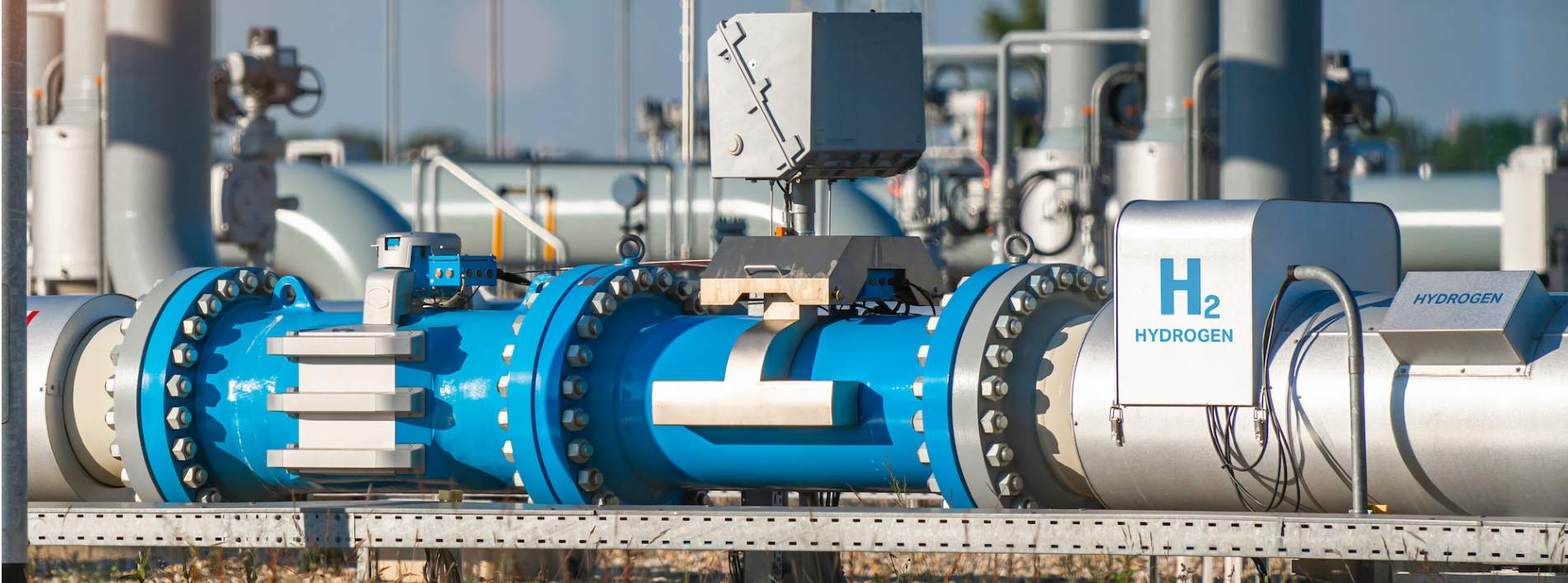The UK Government is championing the creation of a ‘hydrogen economy’ but what is hydrogen, how is it produced and what is the potential of this technology from a real estate perspective?
Applications of hydrogen
The Government has stated it will invest £4 billion in hydrogen developments by 2030 and that figure is set to grow. It is hydrogen’s application as an alternative to fossil fuels that has strengthened its application. Burning hydrogen in a combustion engine or boiler creates one by-product: water. Policymakers are therefore touting it as a replacement for natural gas and petrochemicals in high-energy industrial and transport sectors.
In the transport sector, the use of hydrogen is nothing new. Indeed, the original Apollo programme relied on hydrogen-fuelled rockets. Even earlier, the Zeppelins that floated across the Atlantic in the 1930s were filled with hydrogen gas.
Increasingly, cars and smaller vehicles are using electric batteries as an alternative to petrol and diesel engines. For larger vehicles that are harder to electrify, hydrogen is increasingly viewed as the fossil fuel alternative. In the UK, hydrogen buses are found on the streets of Aberdeen and London. Further afield, Deutsche Bahn has introduced the world’s first fleet of hydrogen trains on a rural railway line in Bavaria. Elsewhere, shipbuilders are turning to hydrogen as an alternative to diesel-fuelled turbines and the aerospace industry is developing hydrogen jet engines for commercial aircraft.
Hydrogen also has a host of industrial applications, it can be used to fuel cement plants, steelworks and other heavy industries. A consortium of investors have built a plant in Sweden that uses clean hydrogen to produce fossil-free steel that is being used to manufacture cars.
Challenges of hydrogen
Despite the cleanliness of hydrogen as a fuel and its abundancy as an element, the process of extracting hydrogen is highly energy intensive. The most common method of extracting hydrogen gas is splitting water into its constituent elements, hydrogen and oxygen, via electrolysis. Electrolysis is widely used to extract hydrogen for its current uses, but existing electrolysis plants are generally powered by fossil fuel electricity generators. It is estimated that current hydrogen production accounts for 6 per cent of global natural gas use and 2 per cent of global coal consumption.
The other drawback of hydrogen is that it is notoriously difficult to transport in bulk. To ship the equivalent in liquified hydrogen as liquified natural gas will require four to five times as many vessels.
Using real estate to unlock green hydrogen
The key to unlocking hydrogen as a green fuel is to power electrolysis plants with renewable electricity and locate those plants close to demand centres. In the UK, we are well placed to capitalise on our renewable energy generation to power our factories and transportation networks with clean hydrogen.
The Government’s hydrogen strategy has set a target of 5GW of low carbon hydrogen production by 2030. In Scotland, the devolved administration is developing policies to use Scotland’s offshore wind generation to become a net exporter of clean hydrogen to Europe.
Government support for hydrogen is encouraging investment in electrolysis plants. For example, windfarm developers are increasingly co-locating plants on existing windfarms while other developers are planning to construct plants on urban peripheries to supply clean hydrogen to industrial centres and transport depots.
As with all clean energy technologies, investment in and use of real estate is central to generating a homegrown hydrogen economy.
Further information
Renewable energy: does the public still need convincing

.jpg)







.jpg)
.jpg)